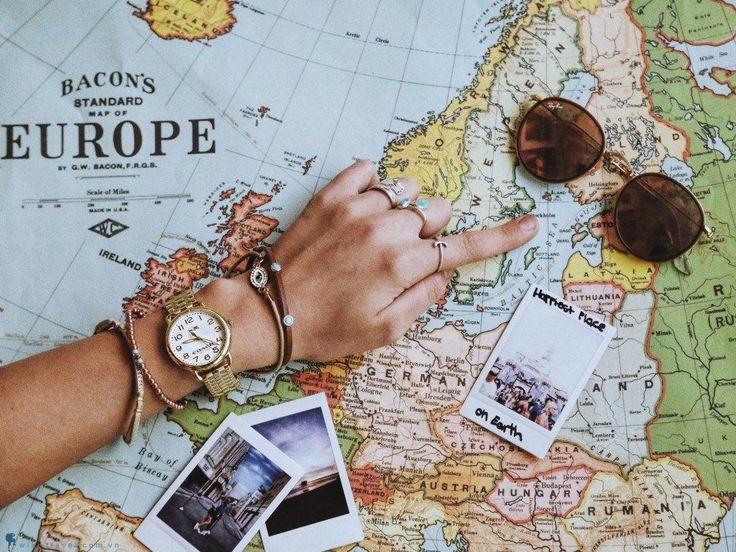Top 10 Travel Books On Spain
Holiday Extras
January 5, 2020
by
Matt
A great way to plan a trip or holiday is to research your destination and what better way to read one of the popular travel books about Spain, here are our recommended travel books and travel guide options.
1) Rick Steves Pocket Guide to Barcelona
If you are looking for a concise and practical guide to Barcelona, you might want to consider Rick Steves Pocket Guide to Barcelona. Making the most of your time and money in this exciting and cultural city is what this book is all about. It includes the must-see attractions like the Sagrada Familia, the Picasso Museum, the cathedral, and the Ramblas in addition to some local secrets and insider knowledge. Additionally, it offers helpful details on transportation, dining, and entertainment options.
The book is organized into four main sections: Overview, Suggested Itineraries, Neighbourhood Walks, and Practicalities. The overview gives you a brief introduction to Barcelona’s history, culture, and personality. The suggested itineraries help you plan your time according to your interests and preferences, whether you have one day, two days, or more. The neighbourhood walks provide detailed maps and directions for exploring different areas of the city on foot, with highlights and recommendations along the way. The practicalities cover everything from transportation and money to safety and etiquette.
One of the best features of this book is its compact size and format. It is simple to carry around and can easily fit in your pocket or shoulder bag. There are plenty of eye-catching full-colour pictures and illustrations. The book is presented in an approachable and entertaining style that captures Rick Steves’ personality and background as one of the top travel writers.
Rick Steves Pocket Guide to Barcelona is not a comprehensive guide to everything there is to see and do in Barcelona. It does not cover some of the less central or more specialized attractions, such as Montjuïc or Park Güell.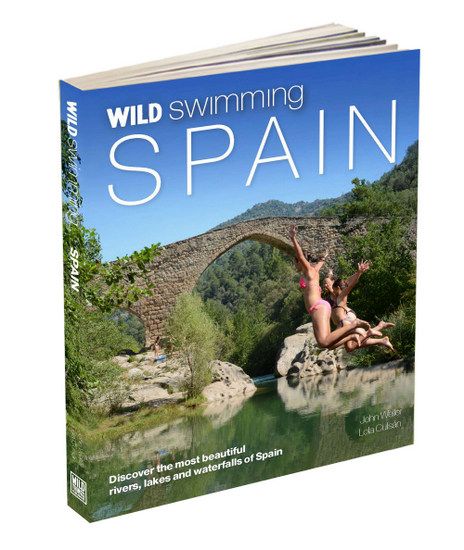
Rick Steves Pocket Guide to Barcelona will help you have a memorable and enjoyable trip to one of Europe’s most cosmopolitan and exciting cities.
2) DK Eyewitness Travel Guide Spain
Check out DK Eyewitness Travel Guide Spain if you’re searching for a thorough and visual guide to the country. This handy travel guide will assist you in discovering all aspects of this intriguing country, from its thriving cities and ancient landmarks to its breathtaking landscapes and cultural treasures. The guide covers all the most popular destinations in Spain including Catalonia, Andalucia, the Basque Country, and the Canary Islands.
The book is organized into four main sections: Introducing Spain, Region by Region, Travellers’ Needs, and Survival Guide.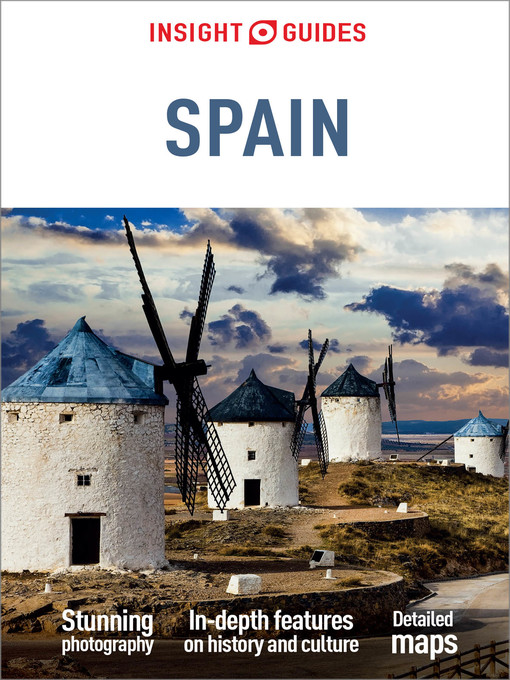
You will find plenty of information on Spain’s history, culture, art, architecture, and gastronomy with detailed information about each region. The guide includes lots of maps, images, and illustrations
One of the best features of this book is its high-quality visuals that bring Spain to life. Beautiful photos and artwork showcase Spain’s diversity and beauty perfectly. The book also includes clear, simple-to-read maps that will give you confidence as you travel around the country.
The DK Eyewitness Travel Guide to Spain is not a compact or lightweight travel guide. It is a sizable, thorough reference that covers a lot of material and offers in-depth details about Spain’s history and culture.
For visitors who wish to experience everything Spain has to offer, it is a terrific resource.
A visual feast, DK Eyewitness Travel Guide Spain will entice you to travel to this remarkable nation.
3) Lonely Planet Spain
Lonely Planet Spain is an indispensable guidebook for anyone planning a trip to Spain.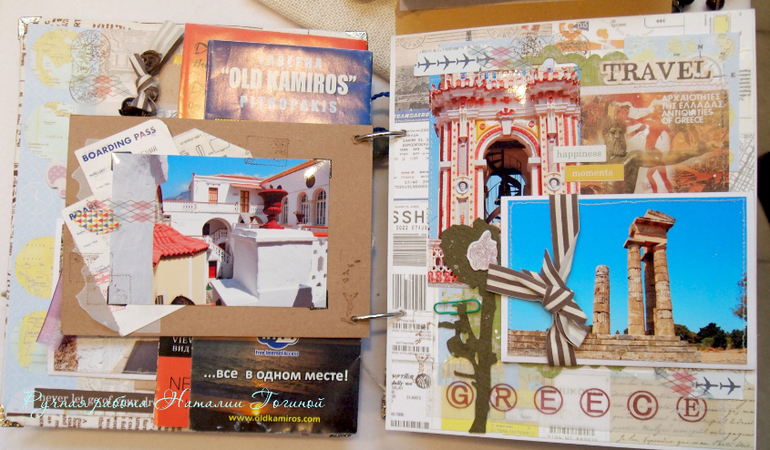
The book offers a wealth of information on Spain’s cities, including Madrid, Castilla y Leon, Castilla-La Mancha, Barcelona, Catalonia, Aragon, Basque Country, Navarra, Seville, Granada, Cantabria, Asturias, Santiago de Compostela, Galicia, Valencia, Mallorca, Ibiza, Andalucia, Extremadura and more.
The guide also includes practical advice and honest reviews on everything from transportation and accommodations to food and nightlife, ensuring that travellers can make the most of their time in Spain.
One of the strengths of Lonely Planet Spain is its comprehensive coverage of Spain’s unique and diverse culture. The guide explores Spain’s rich history and art, its regional cuisines, and its vibrant festivals and traditions, providing readers with an immersive and unforgettable travel experience.
The guidebook also features detailed maps, suggested itineraries, and insider tips from locals, ensuring that travellers can explore Spain with confidence and ease.
Overall, Lonely Planet Spain is a fantastic resource for anyone looking to explore this beautiful country. With its insightful travel tips, comprehensive coverage, and engaging writing style, it is a must-have for any traveller’s bookshelf.
4) Rough Guide to Spain
The Rough Guide to Spain by Rough Guides is a comprehensive guidebook that offers invaluable insights and practical information for travellers exploring Spain.
The book covers a wide range of topics, including history, culture, cuisine, accommodations, and transportation.
One of the things we liked about this guidebook was its attention to detail. The book is well-organized and easy to navigate, with detailed maps and helpful tips for each region of Spain.
This guide will ensure that you experience the best of Spain, whether it be by checking off Gaud’s magnificent architectural masterpieces in Barcelona, hiking in the magnificent Picos de Europa, admiring Granada’s magnificent Alhambra, or participating in one of the nation’s fabulously vibrant fiestas.
If you want to stay in a grand parador, sip sherry in Jerez, bar-hop in Madrid, or snag a seat at one of San Sebastian’s finest restaurants, insider reviews reveal the best places to eat, sleep, and party with options for every budget.
Overall, The Rough Guide to Spain is great for anyone planning a trip to Spain. Its detailed information and insider tips will help you make the most of your time in Spain and create unforgettable travel experiences.
5) DK Eyewitness Seville & Andalusia
The DK Eyewitness Seville & Andalusia Travel Guide will lead you straight to the best attractions Seville & Andalucia has to offer. The guide includes unique cutaways, floor plans and reconstructions of the city’s stunning architecture, plus 3D aerial views of the key districts to explore on foot. You’ll find detailed listings of the best hotels, restaurants, bars and shops for all budgets in this fully updated and expanded guide, plus insider tips on everything from where to find the best markets and nightspots to great attractions for children.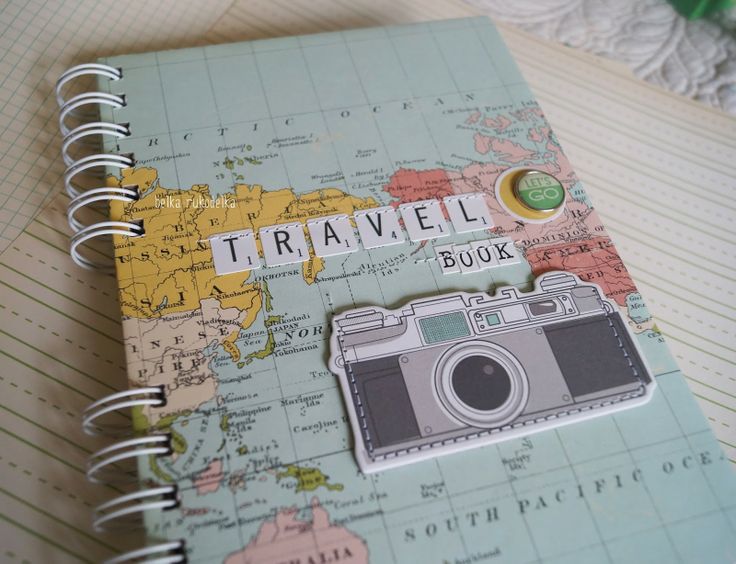
This uniquely visual DK Eyewitness Travel Guide also includes in-depth coverage of all the unforgettable sights and comes complete with a free pull-out city map, clearly marked with sights from the guidebook and an easy-to-use street index. The map has detailed street views of all the key areas, plus there are transport maps and information on how to get around the city, and there’s even a chart showing the distances between major sights for walkers.
6) DK Eyewitness Northern Spain Travel Guide
The DK Eyewitness Northern Spain Travel Guide is your indispensable guide to this beautiful part of the world. The fully updated guide includes unique cutaways, floor plans and reconstructions of the must-see sites, plus street-by-street maps of all the fascinating cities and towns. The new-look guide is also packed with photographs and illustrations leading you straight to the best attractions on offer.
The uniquely visual DK Eyewitness Northern Spain Travel Guide will help you to discover everything region by region; from local festivals and markets to day trips around the countryside.
7) DK Eyewitness Barcelona & Catalonia Travel Guide
The DK Eyewitness Barcelona & Catalonia Travel Guide will lead you straight to the best attractions Barcelona & Catalonia has to offer. The guide includes unique cutaways, floor plans and reconstructions of the city’s stunning architecture, plus 3D aerial views of the key districts to explore on foot.
You’ll find detailed listings of the best hotels, restaurants, bars and shops for all budgets in this fully updated and expanded guide, plus insider tips on everything from where to find the best markets and nightspots to great attractions for children.
This uniquely visual DK Eyewitness Travel book on Spain also includes in-depth coverage of all the unforgettable sights and comes complete with a free pull-out city map, clearly marked with sights from the guidebook and an easy-to-use street index.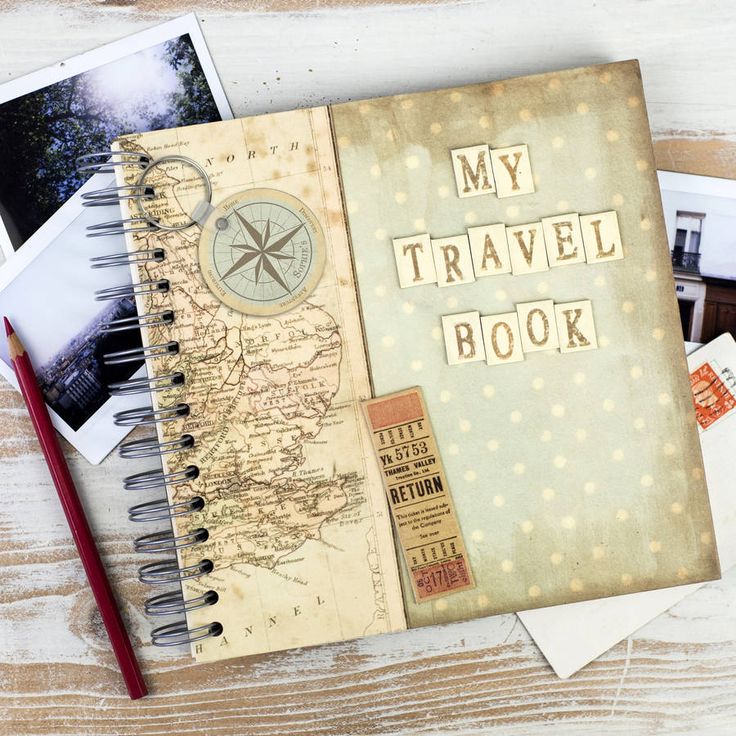
The map has detailed street views of all the key areas, plus there are transport maps and information on how to get around the city, and there’s even a chart showing the distances between major sights for walkers.
8) DK Eyewitness Back Roads Spain driving
DK Eyewitness Back Roads Spain driving holiday guide will take you via scenic routes to discover charming villages, local restaurants and intimate places to stay. Unearth the real soul of this magical region with all the practical information you could need, from road conditions and length of drive to parking information and opening hours.
And if you like driving in Spain, this book has Twenty-five themed drives, each lasting one to seven days, revealing breathtaking views, hidden gems and authentic local experiences that can only be discovered by road.
Each tour is bursting with insider knowledge and loaded with ideas for varied activities from walks to days on the beach and children’s attractions, to wine and cycling trips.
Meanwhile, the most friendly, best-value hotels and guesthouses and charming restaurants specializing in regional produce have been selected by expert authors. One of the top travel books in Spain this guide is full-colour throughout, with a pull-out map for easy navigation between tours and even postcode information for use with ‘Sat Nav’.
9) Lonely Planet – Discover Spain
Lonely Planet’s Discover Spain is your passport to the most relevant, up-to-date advice on what to see and skip, and what hidden discoveries await you.
Marvel at the stunning architecture, enjoy tapas and pintxos, and hike through the Pyrenees; all with your trusted travel companion. Discover the best of Spain and begin your journey now!
Their easy-to-use guide, filled with inspiring and colourful photos, focuses on Spain’s most popular destinations and attractions for those looking for the best of the best.
10) Spain Travel Guide: an Unusual and Evocative Journey Across Spain
If you are devoted, sophisticated, and passionate about living the good life, then Spain is the best place to be.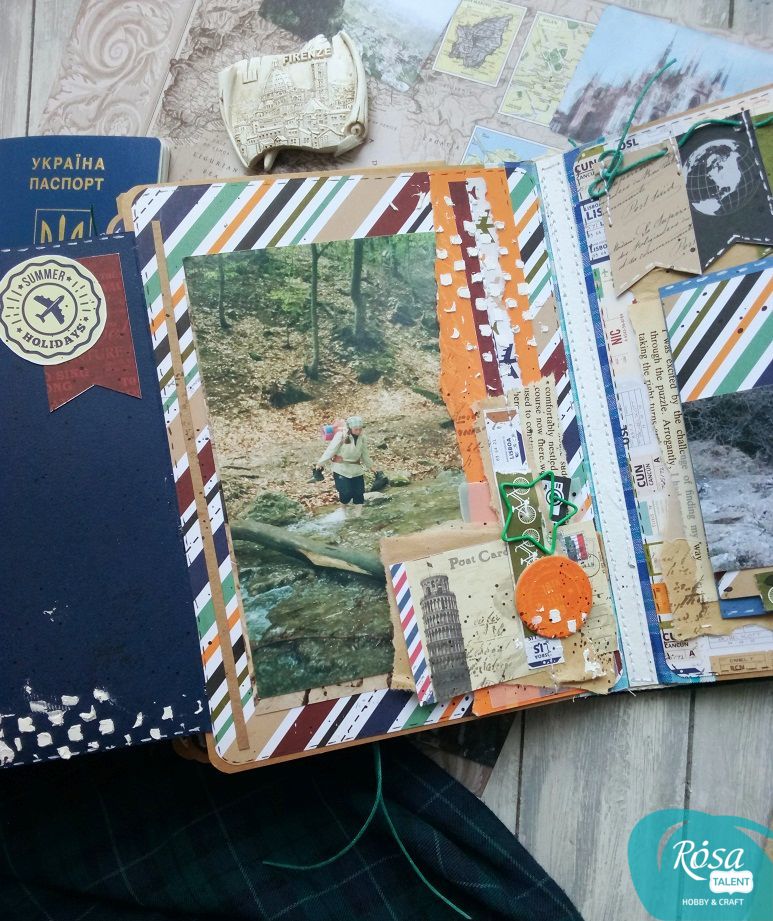
This travel guidebook on Spain is both a stereotype that has come of age and a place that is more diverse than you can ever imagine. As contained in this book, the diverse landscapes of this place will stir the mind and soul.
The Sierra Nevada and its snowcapped top rise up so high from the Andalucía’s sunbaked plains. But this is not the only hiking destination in Spain; there is also the Pyrenees and the Picos de Europa. These are listed as the best destination of hiking in the whole continent. Do not forget about the wildly spectacular Atlantic northwest cliffs. They have also been amazingly offset by the great coves of the Mediterranean.
Bonus Book: Lonely Planet Mallorca 4
Lonely Planet’s Mallorca 4 travel guide is a must-read for anyone planning a trip to this beautiful Balearic Island. The guidebook is filled with insider tips, recommendations, and over 30 detailed maps.
This quality guide from Lonely Planet covers all the most popular towns such as Valldemossa, Deia, Soller, Fornalutx, Biniaraix, Pollenca, Alcudia, Inca, Arta, Cala Ratjada, Platja des Coll Baix, Cap de Formentor, Illa de Cabrera and not forgetting the vibrant capital, Palma de Mallorca.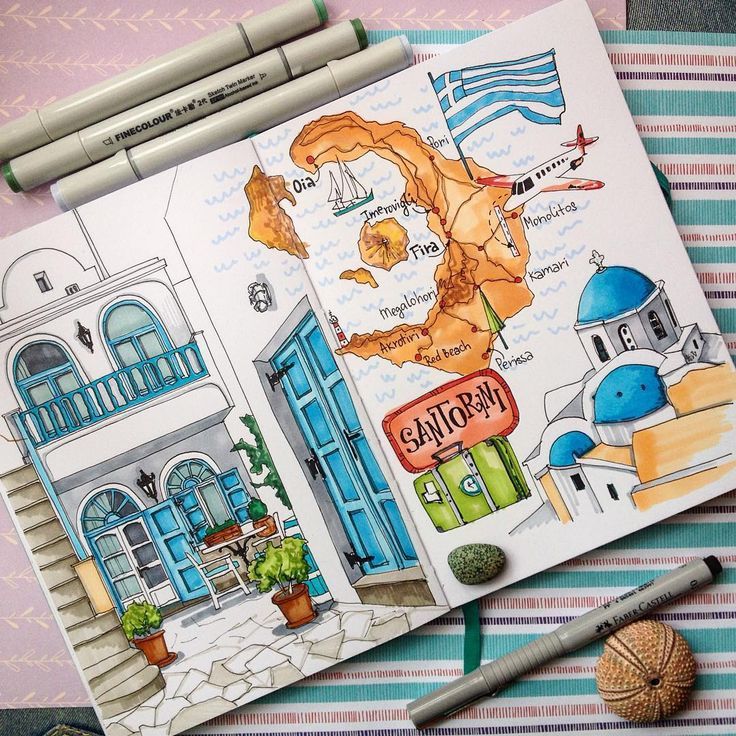
There are also lots of details about everything from the best places to eat and drink, to the top activities and best beaches, where to sleep, sightseeing, going out, and shopping.
Plus lots of practical information, such as transportation options, and language tips.
The guide features lots about sustainable and responsible travel so there are some great tips on how to reduce your environmental impact while travelling whilst helping to support local businesses and communities.
Find the Best Spain Travel Books: Plan Your Perfect Trip
There’s so much to see in Spain. Even if you get your travel inspiration from magazines and blogs, it’s also helpful to reference travel books for Spain. This curated list includes the best general Spain guide books as well as additional volumes for specific cities and regions, pretty neighborhood guides, fun books for kids, travel memoirs and travel books on Spanish food and culture.
I’m a recovering bookseller and an unrepentant book nerd, so you can trust me to give you solid recommendations for the best Spain guidebooks.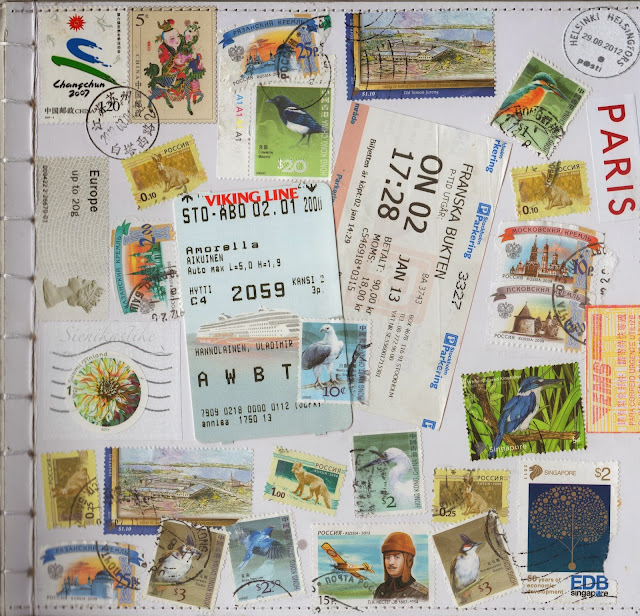
(This article contains affiliate links. This means that if you choose to purchase, I’ll make a small commission.)
The Best Spain Guide Books for Travel Planning
All of the major guidebook publishers, such as Fodors, DK Eyewitness, Rough Guides, Frommers, have guide books for Spain. But my favorite guide books are always either Lonely Planet or Rick Steves.
Spain 2020, Rick Steves
The Rick Steves travel guides are thorough, practical and budget-friendly. He covers all of the basics and has good advice for how to avoid tourist trap restaurants, where to find practical services such as laundry and a prioritized (if somewhat predictable) list of top sights.
In fact, I have an article on how you can disobey Rick Steves in Madrid and live to tell about it.
Top 9 Best Italy Travel Books: Your…
Please enable JavaScript
Top 9 Best Italy Travel Books: Your Complete Guide to Planning a Trip
Rick’s Spain guide book has a useful section with advice on how to budget for your trip and a three week whirlwind tour itinerary, which, frankly is a bit too whirlwindy for me but it will give you a good feel for the highlights. Reference it and then pare it down to accommodate the time that you have available.
Spain Travel Guide, Lonely Planet
Lonely Planet guides began by targeting the budget traveler and they have remained pretty true to their original mission. I appreciate their tips for saving money, suggestions for varied itineraries and their willingness to recommend offbeat attractions.
Lonely Planet’s top pics are notable because they not only recommend places to go, but also specific experiences. For instance, the current guide specifically recommends eating pinxtos (tapas) in San Sebastián as a top experience.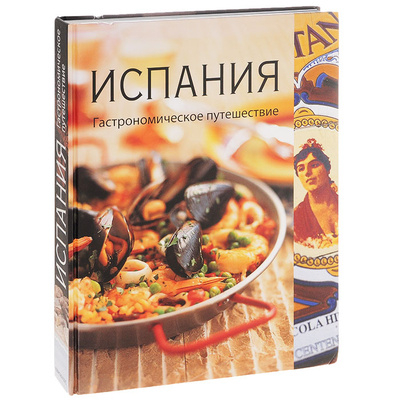
Learn more about the Camino de Santiago: The Camino is a whole sub-category of Spain travel books. If you are looking for inspiration, check out these Camino de Santiago books and memoirs. If you are planning a pilgrimage, check out this article on Camino guidebooks and apps.
Spain & Portugal’s Best Trips, Lonely Planet
This book is not an all-around guide, but rather a set of 32 curated itineraries from seven writers who have extensive experience in Spain and Portugal. This would make a great gift for someone who is thinking of traveling to Spain, or as a tool for helping you narrow down your itinerary choices.
The Train in Spain: Ten Great Journeys Through the Interior, Christopher Howse
Howse has been traveling in Spain for 25 years.
Spain Travel Guide, Todd Wright
This is a good basic overview guide for Spain. It’s not as thorough as the Lonely Planet or Rick Steves guides, however the author suggests a few experiences and festivals that the main guides overlook.
Getting this book is a low-risk proposition, because it’s free on Kindle Unlimited.
FREE books with Kindle Unlimited! In addition to Wright’s book, you can also get the Lonely Planet Spain guide and other books for free with a Kindle Unlimited account. Try it with a 30-day free trial HERE.
Travel Books on Spain’s Specific Regions
If you are covering the whole country, then I’d suggest getting one of the general guides above and supplementing with travel blog info for specific cities.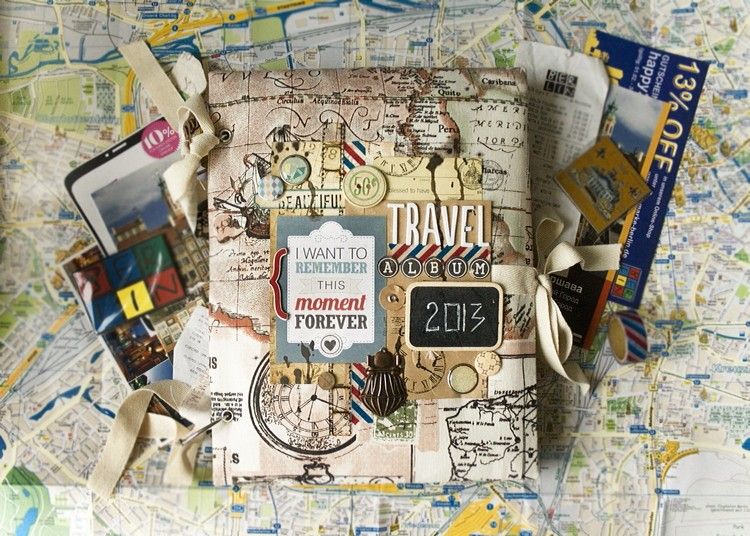
However, regional guides are great if you are just visiting one area or city. Most of the regional specific guides are 150-350 pages and all of them offer more than what you’ll find in the general country guide.
Madrid Travel Guide Books
- Rick Steves Snapshot: Madrid and Toledo
- Lonely Planet Madrid or the smaller Pocket Madrid guide
- Moon Guide Barcelona and Madrid
Northern Spain and Basque Country Guide Books
- Rick Steves: Basque Country: Spain and France
- Insight Guides: Northern Spain
- Basque Diary, Alex Hallat
Southern Spain Guide Books
- Rick Steves: Snapshot: Granada, Sevilla and Andalusia
- Lonely Planet: Andalucia (including Granada, Sevilla, Gibraltar, Córdoba and Malaga
- DK Eyewitness Guide: Top 10 Andalucia
- Insight Guides: Southern Spain
- Rough Guides to Andalucia (also on Kindle Unlimited)
Barcelona Guide Books
- Rick Steves Barcelona or the smaller Pocket Barcelona guide
- Lonely Planet Pocket Barcelona
- Fodors Barcolona 25 Best and also Barcelona with highlights of Catalonia
- Moon Guide Barcelona and Beyond (including Catalonia)
Artsy Design Guides for Spain
CitiX60 Barcelona Guide, Viction
Sixty designers, architects, chefs artists and other creatives show you their side of Barcelona.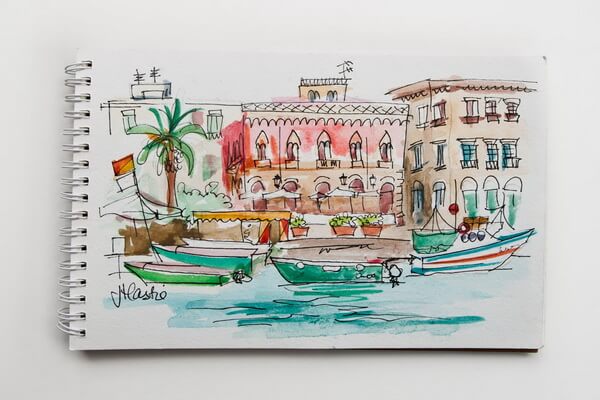
Wallpaper City Guide: Madrid
These insider guides also heavily feature beautiful design and pretty places. It includes the “hippest nightlife, the buzziest hotels, the coolest retail, the most influential art galleries and cultural spaces, the best in local design and the contemporary architecture that defines a city.”
You can also get a Wallpaper Guide for Barcelona.
Spanish Travel Books for Kids
Theodore’s Spanish Adventure, Trent Harding, Ashlee Harding
Keep the kids busy on the plane with this cute, well-designed Spanish culture book. Theodore the Bear will help your kids learn some Spanish and get a feel for life in Spain.
Mission Barcelona, Catherine Aragon
Let your kids take you around Barcelona using this treasure hunt as their guide. Your kids will be given a spy mission and they’ll sleuth out clues at popular sites like the Sagrada Familia and along La Rambla.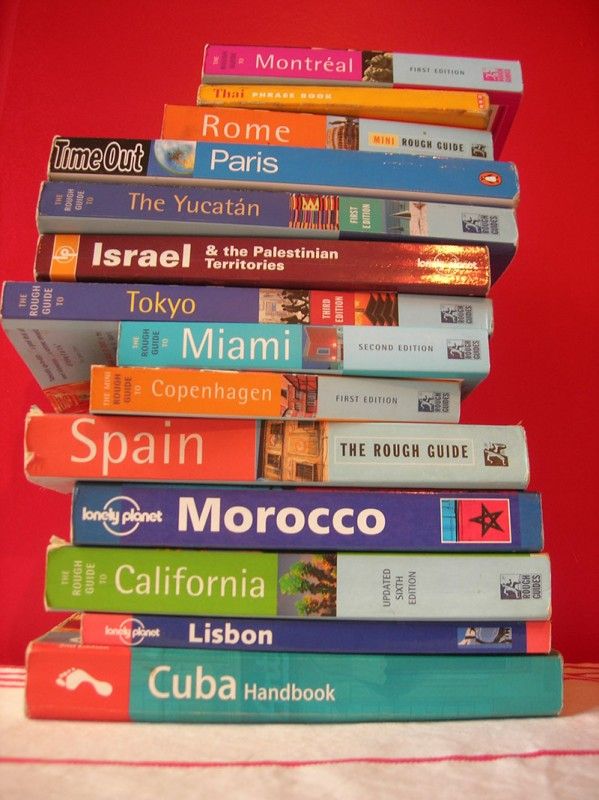
BONUS: This book is also available through Kindle Unlimited. These kids books also come available as Paris travel guides in case your itinerary includes that region as well.
City Trails, Barcelona, Lonely Planet Kids
Let Marco and Amelia take your kids along a series of themed trails through Barcelona. The trails spotlight cultural and historic places of interest with 16 topics like: Animal Land, Gaudi Town, Musical Marvels, City of Art and Delicioso!
Kid’s Travel Guide – Spain, Wendy Crawford and Shiela H Leon
This is not only a Spanish guidebook for kids, but it also doubles as an activity book and diary which can be taken home as a souvenir. The book includes fun facts, juicy information, quizzes, special tasks and coloring pages.
Travel Memoirs from Spain
Castanets, Coffee & Don Quixote, Robert Noble Graham
Follow Graham as he rambles (and sometimes stumbles) around Madrid, Barcelona, Toledo and Sevilla. He shares anecdotes about his experiences and…”you will learn a lot about Spanish history and the significance of these cities.
Driving Over Lemons: An Optimist in Spain, Chris Stewart
Because of course you buy a remote sheep farm in Soutern Spain which is lacking water, electricity or even a road. Like Mayle from A Year in Provence, Stewart and his wife dig in to create a pastoral expat live for themselves. “… He is funny, clever and talented and who knew he could shear sheep.”
My Reign in Spain, Rich Bradwell
When Bradwell was asked to give a wedding toast in Spanish, he did the only sensible thing–he went off to Spain to learn the language. His German roomate Nils was little help, but it becomes a “changing trip through this fascinating and cultured country, as he travels through the vineyards of La Rioja, surfs in the Basque Country and frantically tries to speak Spanish at anyone he can find.”
All About Spanish Food & Culture
Spain – Culture Smart!: The Essential Guide to Customs & Culture, Belén Aguado Viguer
It’s not always about where you go, but rather understating the context for what you see and experience.
Grape Olive Pig, Matt Gouling
On all of my many trips to Spain, I’ve consumed plenty of grapes, olives and pig (and also some delicious goat and sheep milk cheeses.) Goulding will help you fall in love with Spain, not with your heart, but with your gut. The book is presented as a series of stories about the culinary and geographical landscape of Spain through the eyes of a hungry traveler.
Cute Spain-Themed Travel Journals
My Travel to Madrid Journal (Also available for Barcelona)
120 page travel diary with lined pages.
Sevilla Notebook
100 pages unlined. Also available for Barcelona, Bilbao, Palma de Mallorca, Malaga and Granada.
Spain Travel Journal with Pockets and Envelopes
This beautiful hand-stitched journal features a vintage map on the cover, 48 pages of journal and envelopes and pockets for treasures.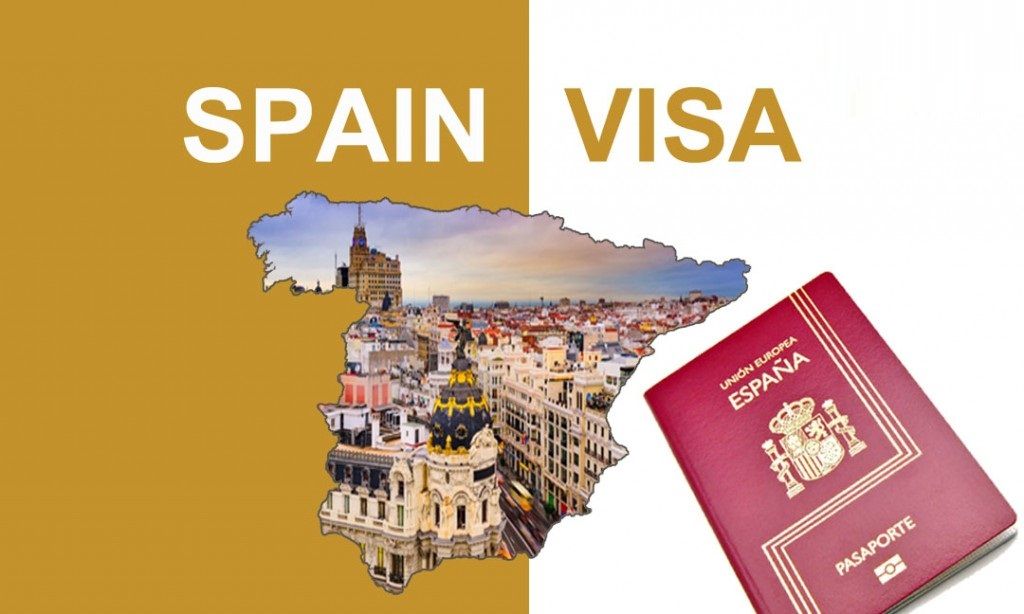
Supplemental Info from Travel Bloggers
Supplement these Spain travel guides with some itinerary advice on specific regions and cities in Spain.
- Learn more about theculture and history by reading some non-fiction, historical fiction, mysteries and novels set in Spain.
- Madrid: My own three day itinerary for Madrid.
- Andalucia: Southern Spain ten day itinerary for Andalucia.
- Valencia: Top things to do in Valencia.
- Sevilla: How to spend three days in Sevilla.
- The Canaries: Road trip itinerary for Tenerife.
- General: Here are 37 offbeat things to do in Spain.
- Here’s a 10 day itinerary for Spain focused on Madrid, Córdoba, Sevilla and Granada
READ MORE BOOKS!
Start with this list of the very best travel books. It includes great reads about how travel is transformative, offering wacky tales of derring do, epic quests and stories of authentic travel.
You should also check out the following series of book lists for specific destinations:
Paris | Ireland | Iceland | Cuba | Scotland | Camino de Santiago | Sri Lanka | Australia | Jordan | Colombia | Spain | San Francisco
Buen Viaje and enjoy your trip to Spain.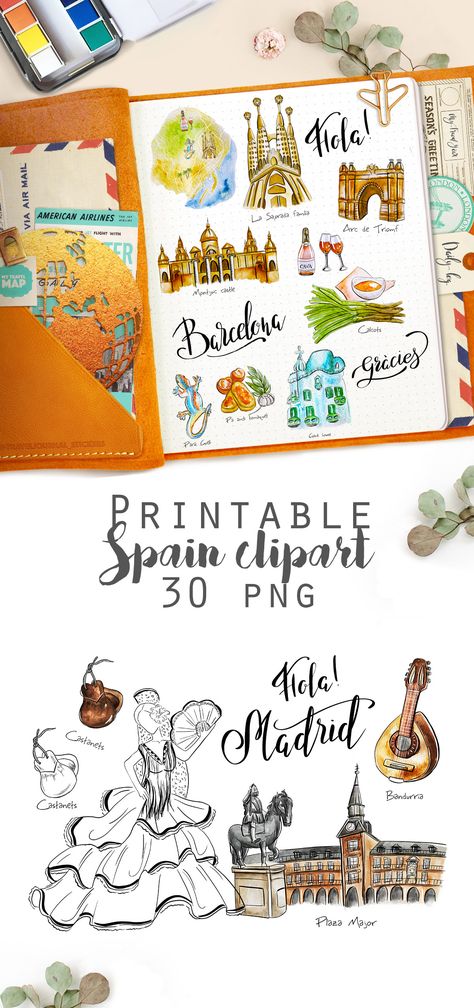
Pin this article and help your friends find travel books on Spain:
Tenerife – a guide to the island, what to see
Home / /
/
Mikhail Schwartz
37
This is the largest and perhaps the most visited of the Canary Islands. Famous for its black beaches, the handsome Teide volcano and the Russian-speaking community. There are 12 climatic zones on the island – tropical forests and volcanic semi-deserts, mountain gorges and dunes, beaches with black and white sand. You won’t be bored!
The best view of Teide
Find out when it is better to fly, which beach to choose, where there are beaches with white sand, and where – with black, how to get from the airport, compare the main car rental offices. We live in Tenerife, so all the information is first hand.
What to do in Tenerife?
- Ride along the road through the center of the island, climb Mount Teide by cable car, take a photo with the rock-cake (La Tarta)
- Visit Anaga Park, sunbathe naked on Benijo beach or go hiking
- Sunbathe on the black volcanic sand at La Arena or Puerto de la Cruz
- View killer whales in Loro Parque
- Watch whales and dolphins on a boat trip
- Hike the Chinyero Volcanoes
- Swim at Terrisitas beach (can be combined with Anaga)
- Go to a small track and see the best view of the Teide volcano.
- Try stewed rabbit, Canarian potatoes and Canarian sauces
- Swim in a natural volcanic pool, such as Los Gigantes or Bajamar
How to get to Tenerife
You can get to the island by ferry (several days) or by plane. The cheapest way to fly to Tenerife is from Barcelona, Malaga, Madrid, Valencia, Porto, London, Milan. I advise you to take a direct flight from Moscow. Flight time is about 8 hours. Aeroflot has direct flights. Look for cheap tickets using the low price calendar.
Where to live in Tenerife
Where to live in Tenerife
If you are traveling with children, then I advise you to stay in Costa Adeje. There is excellent infrastructure and the best beaches with breakwaters. For romantics, Los Gigantes is suitable with a gorgeous view of the rocks and the black sand beach of La Arena or the city-botanical garden of Puerto de la Cruz in the north of the island. The best spots for surfers in El Medano and Las Americas. And for trips around the north of the island and to Anaga Park, it is better to settle for a few days in the modern city in the rocks of Radazul.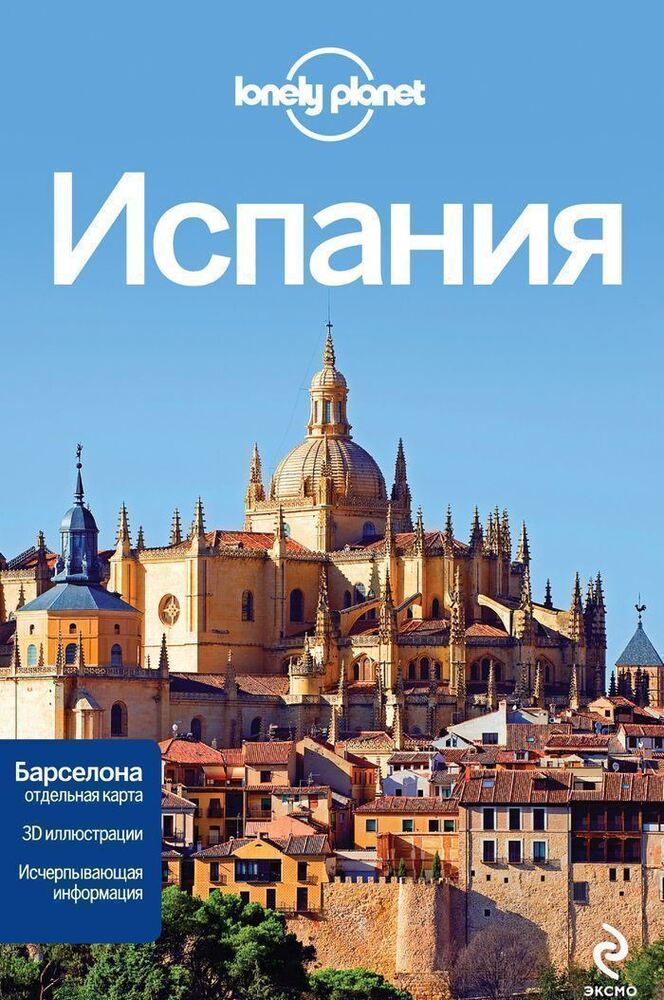
Overview of cities in Tenerife
- Bajamar
- Vilaflor
- Garachico
- Icod de Los Vinos
- Costa del Silencio
- Cristobal de la Laguna
- Los Abrigos
- Los Gigantes
- Los Cristianos
- Playa Paraiso
- Playa de las Americas
- Puerto de la Cruz
- Radasul
- Santa Cruz de
- Santa Cruz de
- El Medano
Costa Ade
How much do hotels and apartments in Tenerife cost?
The average price of apartments for a company of 2 to 4 people is €70-140. It is more convenient to book through Ostrovok (they accept any cards), apply the “apartments” filter when searching. Good apartments are usually booked 2-6 months in advance. So I highly recommend booking well in advance.
Good hotels cost closer to €100 and breakfast and dinner options around €120 per night. The most expensive hotels in Costa Adeje, Las Americas. There are also cheap options out there.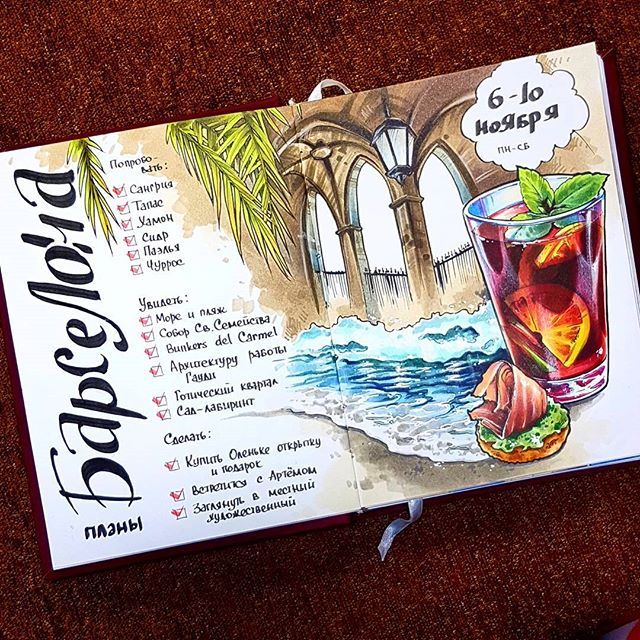
Mobile and Internet in Tenerife
Mobile and Internet in Tenerife
I use different eSims. Install the application, buy a virtual SIM card, and immediately get access to the mobile Internet. They work all over the world. Internet prices are good too. A detailed review of eSim sims is here.
What is there in Tenerife that is not available elsewhere?
Unusual volcanoes of course! There are 12 climatic zones on the island – tropical forests and volcanic semi-deserts, mountain gorges and dunes, beaches with black and white sand. You definitely won’t be bored! This is the only place in the European Union where you can swim in winter. Good replacement for Thailand.
Do I need a visa and insurance?
The Canary Islands is a territory of Spain. This means that Russians will need a Schengen visa. How to get a visa to Spain on your own, I wrote here.
I usually buy travel insurance through the turtle search engine.
What currency to carry and how to pay on the island?
Only euros are accepted on the islands, and even in banks it is not so easy to exchange dollars for euros.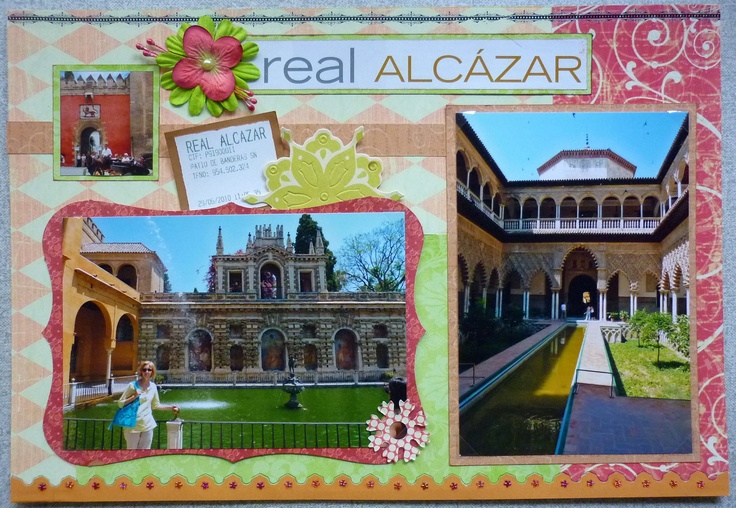
I use Belarusian cards and Freedom Finance Kazakhstan card (how to order such a card). I pay for her purchases and withdraw cash with a minimum commission of up to 1%.
How to get from Tenerife airport?
Tenerife has two airports:
- Tenerife South Airport (Aeropuerto de Tenerife Sur, TFS)
- Tenerife North Airport (Aeropuerto de Tenerife Norte, TFN).
Most international flights arrive at the south airport. The northern one is used mainly for communication with mainland Spain and other islands of the Canary archipelago.
From the south airport take the regular bus 111 to Los Cristianos or Costa Adeje. Buses running every 20-30 minutes. Or on express 40 with a minimum of stops. It is more convenient to look at the schedule and route to your hotel on Google Maps.
Detailed instructions on how to get from Tenerife airport to Costa Adeje by bus here or how to get from the airport to Las Americas here.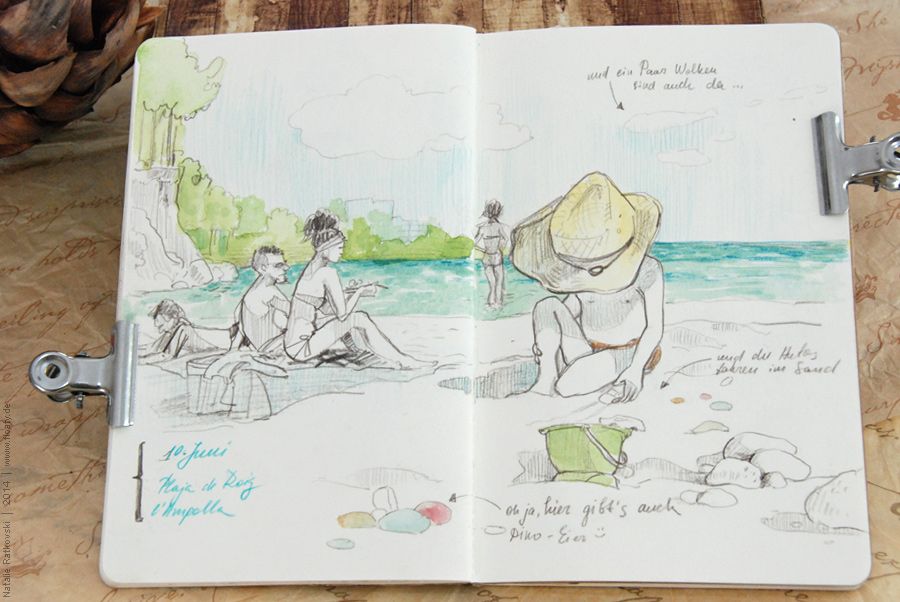
To get there by taxi, you need to leave the airport building. The taxi signs will guide you to the right exit. Get in the first taxi in line. The cost of a trip to Los Cristianos or Costa Adeje is about €35-40.
The most profitable option is to pre-order a transfer through GetTransfer. The cost of a trip to Los Cristianos or Costa Adeje is about €18-25. It’s cheaper than a taxi.
Public transport in Tenerife
Bus in Tenerife
The island has an excellent bus network of the company Titsa. It is most convenient to build routes in Google maps. There is also a timetable. You can pay for the trip in cash to the driver, with a bank card, but it is more profitable to buy a Ten + card at Titsa kiosks or vending machines. One card is allowed to pay for tickets for several people at once. The card costs €2, but it needs to be topped up. Download the transport route map here. See bus timetables and prices at titisa.com
Tenerife travel cards
If you plan to use the buses every day, then buy a Travelcard.
In order not to depend on the bus schedule, it is worth renting a car.
Where to rent a car in Tenerife?
Rent a car in Tenerife
Rent a car with basic insurance will cost from €20-50 per day, and with full insurance – €40-70. But to find such attractive prices, you need to order a car via the Internet at least 1-2 months before the trip. On the spot prices are almost 2 times higher.
I advise you to rent from Thrifty, Hertz, Sixt, Europcar, Budget, Avis. These companies have new cars in excellent condition. Avoid Goldcar and Pluscar. If you want to travel with a car on a ferry between the islands, then choose a Cicar with full insurance.
Search through Discovercars. Budget full insurance for about €18-25 per day and buy it when you pick up the car on the spot.
How to rent a car in Tenerife without a credit card
If you do not have a Visa / Mastercard bank card, then select offers with a cash deposit on the localrent website.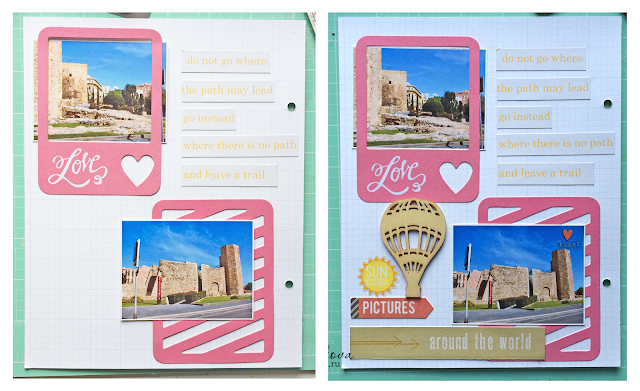
Don’t forget to read my Tenerife car rental review.
Road routes in Tenerife
Roads in Tenerife are of excellent quality. Dirt roads are almost non-existent. Street parking on the island is free, with the exception of some streets in Los Gigantes and in Santa Cruz.
I recommend 3 main routes:
- Route through the center of the island to see Teide
- Route around the island on the highway and stop at Candelaria, Santa Cruz, La Laguna, Puerto de la Cruz.
- Drive north of Tenerife to Anaga Park and visit the viewpoints along the way.
Hiking trails in Tenerife
Walk around Chinyero Volcano
Tenerife is a paradise for hikers. I counted at least 80 official routes. All routes are well marked. Along the way, you will come across information boards with maps, signposts, and just markers on rocks.
Start with these three routes:
- Route around Chinyero volcano
- Anaga Park. Descend from Chamorga village to Bermejo beach
- Climb the Roque del Conde
More hiking trails here.
Which excursions to go on in Tenerife?
Whale Watching in Tenerife
If you are without a car, book a bus tour to the Teide volcano.
Or go on a day boat trip and watch whales with dolphins.
Take a day trip to the nearby island of La Gomera. The price of the tour already includes a ticket for the ferry, bus, lunch and a guide in Russian.
Climb the Teide volcano with an English-speaking guide. Or visit the observatories with your guide.
What to do with children?
The island has everything you need for children. Lots of playgrounds, great beaches and interesting entertainment.
Go to Loro Parque to see killer whales, dolphins, fur seals and parrots.
Ride the waterslides at Siam Park, the best water park in the world. Buy tickets in advance here.
Ride on a Viking ship.
Or go underwater in the yellow submarine. Children will be delighted.
When is the best time to go to Tenerife?
Teresitas Beach
In Tenerife, you can relax all year round. The water temperature stays around 20° – 23°C all the time. The air temperature in winter ranges from 20 ° C to 26 ° C, in summer – from 23 ° C to 29°C But these are average figures. Due to the geographical location and relief features of the island, the weather conditions differ significantly depending on the location. For example, in the north of the island, in the forest of La Esperanza, it is usually 10 degrees colder – about 12 degrees during the day.
In the south of the island it is always a few degrees warmer and there is almost no rain. Therefore, for a beach holiday, choose Las Americas, Costa Adeje or my favorite Los Gigantes, where the water is even warmer.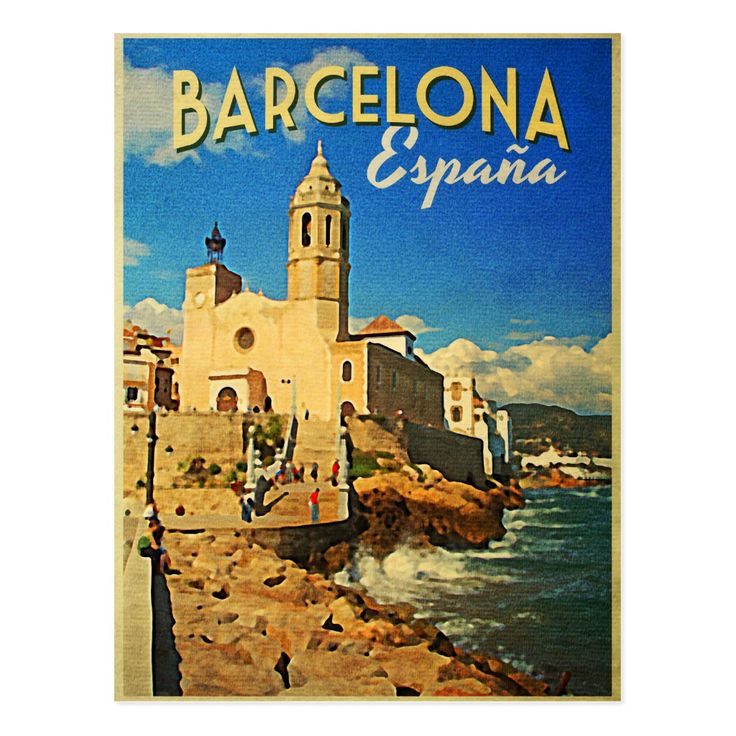
The best months to visit are September and October, while the coldest months are February and March.
28 climate zones – find your favorite place!
Mount Teide in the snow in March
Mountains divide the island into two main climatic zones: humid north and dry south. The north is distinguished by its rich vegetation and rather cool winter nights. The south is distinguished by a more sunny and dry climate with small differences in daily and seasonal temperatures.
Traveling around the island, you can get under heavy rain in the north, swim in the warm sea under the bright rays of the sun in the south, and go to the center of the island, see the snow-capped top of the Teide volcano.
In addition to the main climatic differences between north and south, there are more than two dozen microclimatic zones on the island.
How to go to neighboring islands?
The most accessible island is La Gomera. He is very close. It can be reached by ferry Fred Olsen or Armas. Or just buy a tour. The price will be about the same, but there will be a guide, bus and lunch.
By car, direct ferry access is only possible to La Gomera and Gran Canaria. Rental companies, except for Cicar, most often prohibit movement to other islands.
I prefer to travel between islands by plane. Binter, Canary Fly and Air Europe fly here. Flights cost from €25 to €80. Fly to any island in just 30-60 minutes. At the airport, I just rent a car.
Be careful. If airlines offer tickets for residents and for non-residents, then buy a ticket for non-residents. Otherwise, they may not be allowed on the flight!
Tenerife Beaches
Terisitas Beach
It is important to note that all the beaches of the resort island are completely free.
Jardin Beach in Puerto de la Cruz
Most of the island’s beaches are covered with black volcanic sand . Such sand has a beneficial effect on human health. A large number of black beaches can be found in the city of Puerto de la Cruz. If golden sand is your thing, then head to Playa de la Vista in Los Cristianos.
Again, for a comfortable stay, choose Las Americas, Costa Adeje or Los Gigantes.
Check out my selection:
- Tenerife’s 8 best beaches
Tenerife resorts
Tenerife beaches
Almost all resorts are located in the southern part of the island, where the weather is excellent all year round. In the northern part there is only 1 normal resort – Puerto de la Cruz.
Let’s choose where to stay:
- Playa de las Americas
- Costa Adeje
- Los Gigantes, Puerto de Santiago and La Arena
- Los Cristianos
- Puerto de la Cruz
- Playa Paraiso
- El Medano
What to see in Tenerife?
Tenerife attractions on the map
Teide Volcano National Park
Teide National Park
One of the brightest sights of Tenerife is Teide National Park (Parque Nacional del Teide). Teide Volcano (3719m) – the highest point of the Canaries and all of Spain. Its name means “snow mountain”. Many directors have used volcano landscapes in their films. For example, Star Wars was filmed here.
- Take the cable car to the top of Teide,
- Get permission to visit the crater in advance,
- Stay overnight at the Parador de Las Cañadas del Teide
- Find rare tahinaste flowers blooming in May
Loro Parque
Loro Parque
Loro Parque is one of the most favorite attractions of all tourists. The park is a huge entertainment complex, which includes a huge aquarium, a zoo, a botanical garden. Here you will see clumsy penguins, colorful exotic parrots, bloodthirsty killer whales, friendly dolphins, handsome lions and many other animals with your own eyes. The kids will love it!
Eagles Park
Eagles Park in Tenerife
Eagles Park (Jungle Park) is another interesting place. Here, on the territory of 75,000 sq.m, more than 500 species of wild animals roam. The presentation of trained birds of prey is a kind of “highlight” of the park. I really liked it, I advise you to visit!
What to bring from Tenerife?
The most delicious sauces of this brand
The main Canarian souvenir is food. As it is now fashionable to say, “prohibited.” Hard goat cheeses, jamon, Canarian mojo sauces in glass jars, La Gomera palm honey, Ron Miel honey rum, banana liqueur, cactus jam (from prickly pear fruit), beyota jamon Iberica, Canarian honey.
What else to bring, read here.
Is it safe in Tenerife
Yes, you can safely walk at night, you will not be robbed. But, unfortunately, there are many thieves and pickpockets on the island. Do not leave valuables on the beach or in the car.
Seafood Restaurants in Tenerife:
I have prepared for you a list of the best restaurants in my opinion where you can taste the freshest local fish or seafood:
- Almar Tenerife – order sashimi, ceviche, tartare
- Restaurante El Mirador de los Abrigos
- Agua y Sal
- Casa Juan
- Mero pancho
- Delicias del Mar
Get a free Canaries course:
Azores
I’m talking about the magical Azores. They are in the middle of the Atlantic Ocean. Yes, this is also Europe. The islands belong to Portugal. The climate there is very mild, bathing until late autumn. Well, what kind of nature is there! Which island to choose, where it is better to live and what you must see, read in my guide.
Corvo – the smallest island of the Azores
Azores: where is it, and what is it?
The Azores (Açores) is an archipelago in the northeast Atlantic Ocean, consisting of several reefs and 9 large inhabited islands. This autonomous region of Portugal is the most remote region in Europe – 1600 km separate it from mainland Portugal.
Map of the Azores
My Island Guides:
- Sao Miguel
- Terceira
- Florish (2 days plan)
- Corvo
9 Azores are usually divided into three geographical groups:
- Eastern group: São Miguel and Santa Maria.
- Central group: Terceira, Graciosa, São Jorge, Pico, Faial.
- Western group: Flores (Flores) and Corvo (Corvo).
With the question “where is it?” it’s not difficult to figure it out, but you can endlessly tell what kind of islands these are … Better watch my video:
youtube.com/embed/IagCV4GVoyo?feature=oembed” frameborder=”0″ allow=”accelerometer; autoplay; clipboard-write; encrypted-media; gyroscope; picture-in-picture” allowfullscreen=””/>
Nine small pieces of land covered with lush green vegetation are nothing but the tops of huge volcanoes rising above the surface of the ocean. Therefore, all the islands of the archipelago are characterized by steep coasts and mountainous terrain.
Do I need a visa?
Required. Enough Schengen visa.
About the weather
The proximity of the ocean, the warm current of the Gulf Stream and the mountains determine the peculiar climate on the islands: throughout the year, the air temperature (+18 – +22 °C) and the ocean (+16 – +23 °C) are approximately the same. Of course, in the summer months (July-August), the temperature during the daytime can rise to +30 °C, and in winter (January-February) at night it can drop to +13 °C.
It rains quite often throughout the year, in this respect the weather on the islands is very unstable.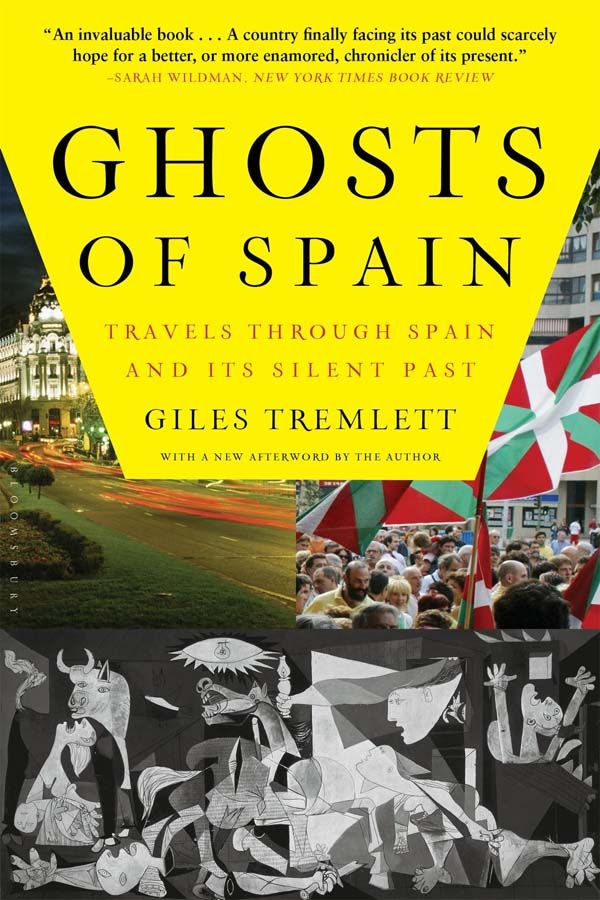
Another climatic feature of the Azores is high air humidity. The average annual relative humidity is 77%. If this figure does not mean anything, I will say this: wet clothes in the Azores do not dry, but dry clothes become wet, even our equipment has begun to rust and fail.
It’s civilized in the Azores!
Despite its remoteness from Europe, the Azores are not inferior in culture, infrastructure and civilization to the continent. There are familiar European cities, with narrow paved streets and churches rising above them, hotels and restaurants for every taste and budget, sports and entertainment centers, landscaped parks, beaches and picnic areas.
The islands have excellent roads, good public transport, air and ferry connections between the islands. There are no problems with the Internet either – the 4G network catches almost anywhere in the archipelago, I used an Orange SIM card.
Highlights of tourism
Interesting water excursions
Because of its remote location, the Azores has preserved the traditional measured course of life. The islanders are watching the environment – the lack of large-scale production has allowed to preserve nature in its original form. Azores is one of the best places for ecotourism. Holidays on the islands are suitable for everyone who wants to leave the endless noise of civilization for a while and plunge into the world of adventure and natural discoveries.
Azores is a paradise for those who love nature. They surprise and fall in love at first sight. There are evergreen forests, high mountains, waterfalls and lakes. Given that the islands are of volcanic origin, unusual landscapes attract attention: frozen volcanic coasts, black sand beaches and valleys with steaming geysers. Some people are drawn to descend into lava caves, others, on the contrary, to conquer the highest volcano (2351 m).
Flora
Hydrangeas are the symbol of the Azores.
The warm and humid environment results in a riot of wild vegetation. Subtropical evergreen forests and shrubs are considered habitual plants for these places, however, as a result of human activities, they now occupy relatively small areas. The slopes of volcanoes, fields and forests are covered with herbs and flowers of extraordinary beauty. Hydrangeas are considered one of the symbols of the Azores; they are found everywhere: they grow along roads, adorn viewing platforms, and border pastures.
The climate of Azores is favorable for some tropical crops such as tea. This is the only place in Europe where it is produced. Here they adapted to grow pineapples, however, in greenhouses. Fans of “raise up” can try island tobacco. There are also coffee plantations in the Azores.
Fauna
There are a lot of dolphins in local waters
The Azores cannot boast of a large variety of land animals: ferrets, hedgehogs, wild rabbits are found here.
Tip – book an excursion: swimming with wild dolphins
The most memorable bird of the Azores is the cagarro (Atlantic Pied Petrel). Cagarro are clumsy on land, but fly and hunt in the ocean with great skill. Before sunrise, they fly into the ocean to hunt, and return to land after sunset. You may not see the birds themselves, but as soon as it gets dark, you will definitely hear them.
Listen to their scary night singing!
The rich ornithological world of Azores is rivaled by their underwater world.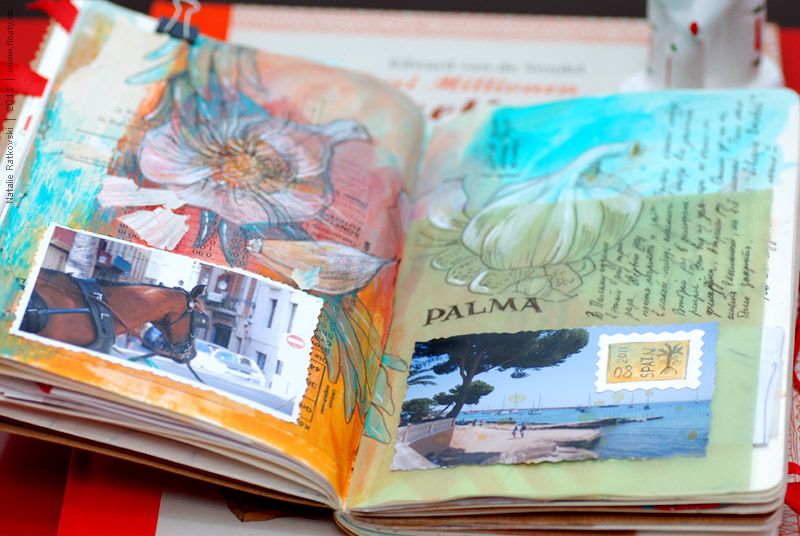
When is the best time to visit the Azores?
The islands are beautiful at any time of the year, when to go depends on your preferences.
I want a beach holiday
The best time for a beach holiday is from June to September. At this time, dry and cloudy weather prevails, and water and air warm up to their maximum temperatures: water – up to +23 ° C, air – +26 ° C. In July and August it is hot – +30 ° C.
I want to walk in the mountains
If you are interested in walking and natural sights of the islands, then you should consider spring. The air temperature at this time of the year is +15 – +17°C, it rains, but not for long. Especially since the spring months are the heyday of nature in the archipelago, the local landscapes will delight you with an abundance of flowers and herbs.
Whale Watching
To see one of the archipelago’s main attractions, whales, visit from May to June during their migration to the summer feeding grounds.
Where can I book a whale watching tour?
There are a lot of people who want to see whales, so book tickets online in advance. For example, on these sites:
- 3 hour whale watching expedition from Ponta Delgada
- Whale and Dolphin Watching Tour from Ponta Delgada
- Ponta Delgada: Whale and Volcano Experience with Lunch
Dolphin Watching
Those wishing to swim with dolphins should visit from June to October.
Book your Swimming with Dolphins tour online here.
Birdwatching
For bird lovers, the autumn months are the best. This time of year is great for watching most bird species.
Which island should I choose?
It would be ideal to visit all nine islands of the Azores archipelago, because each of them is endowed with bright features and a unique atmosphere.
If you want to visit several islands – choose at least one from each group or two, three or four relatively close to each other.
São Miguel Island
Lagoa das Sete Cidades Crater Lakes, São Miguel Island
São Miguel Island is the largest, most numerous and most developed of the nine Azores. This is the communication hub of the entire region, connecting the archipelago with the “outside world” by air and water. Here is the capital and largest city of the Azores – Ponta Delgada.
San Miguel is the most visited by tourists. And no wonder: it is the easiest to get here, there are no problems with hotels, and an impressive list of attractions and entertainment can satisfy the most demanding tourists.
The island is famous for its spacious emerald pastures, high mountains, the peaks of which go beyond the clouds, and incredible beauty of volcanic lakes – Sete Cidades, Furnas, Lagoa do Fogo.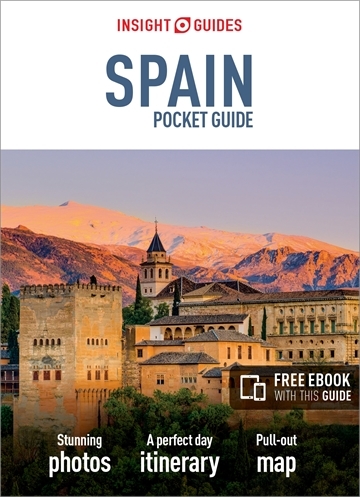
But only on the island of Sao Miguel you can swim in the “hot ocean”, see the only tea plantations in Europe and try one of the most symbolic dishes of the Azores – Cozido – meat and vegetables cooked right in the volcano.
Santa Maria Island
Praia Formosa – light sand beach on Santa Maria Island (photo: emivel2003)
Santa Maria – the southernmost island of the archipelago. It has the most arid climate and the maximum number of sunny days per year. Despite its modest size (97 km²), the island is famous for its contrasts in the western and eastern parts.
The riot of natural colors is another distinguishing feature of the small island.
Of the nine islands in the Azores, only Santa Maria boasts white sand beaches. Only here you can admire the undulating landscapes of the “red desert” and see the fossils of ancient marine organisms in the frozen basalt rocks. History connoisseurs tend to visit the chapel of the Blessed Virgin Anjus, where in 149In the year 3, the famous navigator Christopher Columbus attended Mass. On the way back, after the discovery of the “New World”, he stopped on the island to replenish water supplies and provisions.
Terceira Island
Algar do Carvão Lava Cave
Terceira is the second most visited Azores. It is famous for its developed infrastructure and excellent beaches. It is here that you can walk along the largest crater (Caldeira-Guilherme Munizh), go down the largest vertical lava tube (Algar do Carvão) to an underground lake, and also enjoy the sophistication of the medieval architecture of the oldest city of the Azores – Angra do Heroismo .
I advise ready-made excursions around the island of Terceira, as transport is bad there.
In former times, Angra was the richest city in the archipelago, because for several centuries its port was the stopover for all ships bound for Europe from America and India. But for their parking they paid with gold, silver and spices.
Thanks to its past, today Terceira is more valuable for its historical and cultural heritage. The entire old center of the capital, Angra do Heroismo, is literally an “open-air historical museum” and is a UNESCO World Heritage Site.
And of course, talking about Terceira, one cannot but mention the feast of the Divine Holy Spirit and the local “corrida on a rope”. Although these events are also found on other islands of the archipelago, it is on the island of Terceira that they acquire a special atmosphere.
Graciosa Island
Ponta da Barca Bay, Graciosa (photo: Lucie van Dongen)
Graciosa is a small island with an almost flat landscape and a drier climate compared to other islands in the Azores archipelago.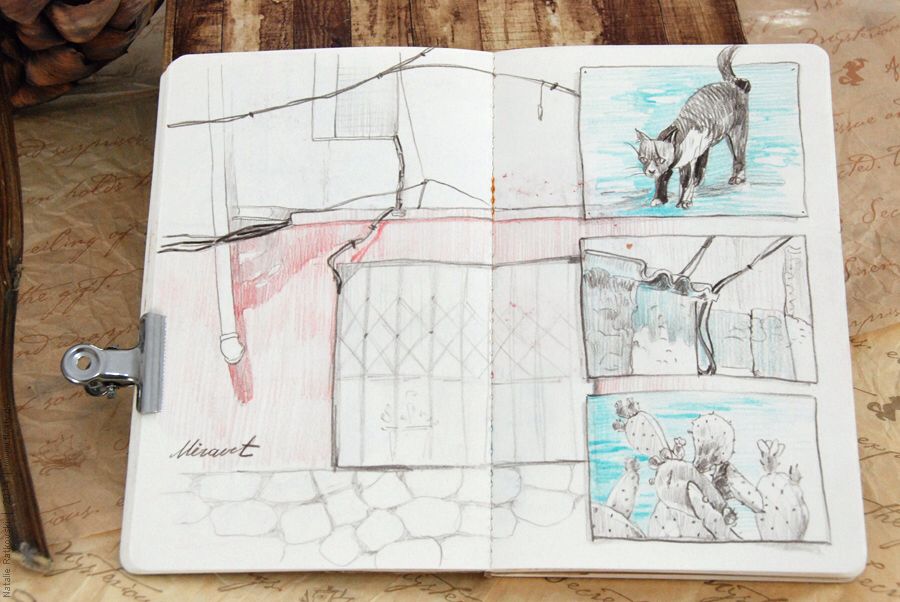
The charming landscape of the island is made up of low hills and volcanic craters. Its highest point is only 405 meters. From the observation decks of Graciosa, beautiful views of the green mosaic of vines and ancient cities, rocky coasts and the blue of numerous bays open up.
Here you can relax on the beautiful sandy beach, swim in the thermal pool or relax in the local SPA center, whose hydrothermal waters have an excellent therapeutic effect on skin and musculoskeletal system diseases.
Due to the low amount of rain, the vegetation on Graciosa can look withered by the end of summer. And only in the caldera of the volcano Caldeira da Graciosa lush greenery is preserved throughout the year. The main attraction of the island is also located there – the huge sulfur grotto of Furna do Enshofre with a cold lake and fumaroles with mud.
São Jorge Island
Coastal plains and vertical shores, São Jorge (photo: Pascal BANDELIER)
São Jorge is a relatively large Azores island located in the heart of the archipelago.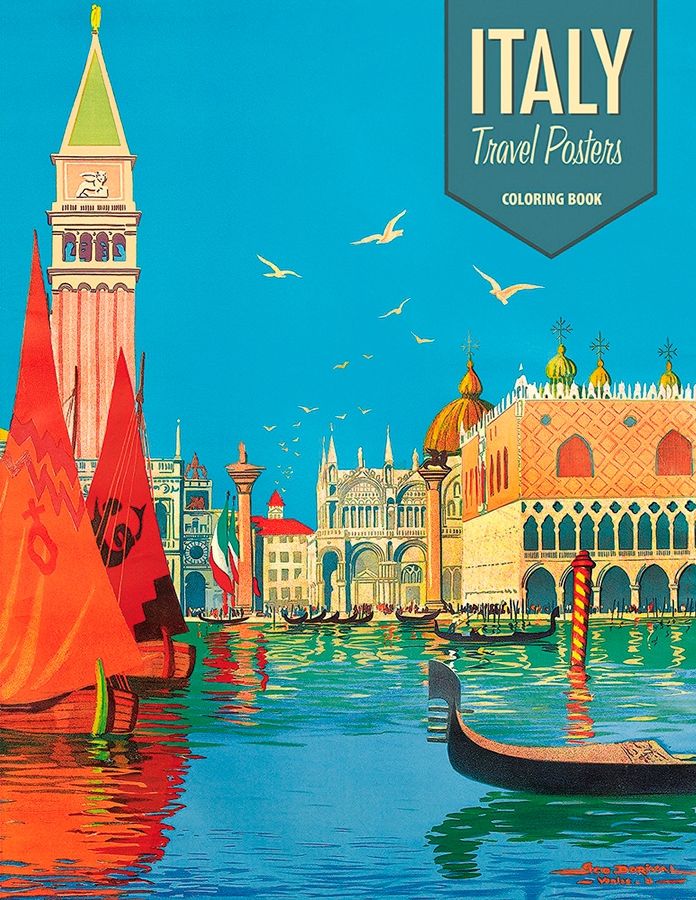
São Jorge differs from the rest of the Azores by the lack of characteristic calderas and craters. It is an island of high mountains, deep gorges, rocky vertical shores washed by ocean waves, and numerous fajas (Fajã) – coastal plains formed by lava flows and landslides.
The microclimate of some fajãs is conducive to the cultivation of coffee and tropical fruits. São Jorge produces one of the best Portuguese cheeses – Queijo da Ilha (Queijo da Ilha de São Jorge), and in the natural reserve in the special ecological area of Faija da Caldeira do Santo Cristo, you can try another miracle – bivalves (amêijoas).
São Jorge remains probably the most mysterious island in the archipelago. Until two ports and a regional airport appeared on the island in the 1980s, it was the least visited of the islands.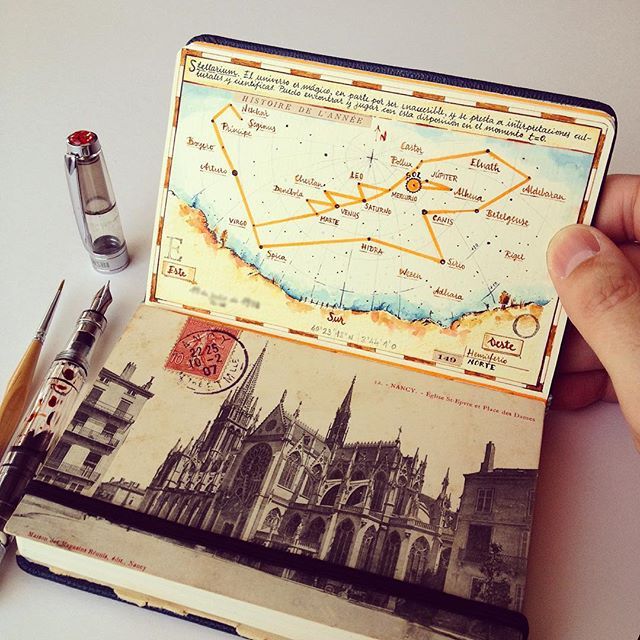
Pico Island
Pico Volcano – the highest point in Portugal
Pico Island, proudly rising in the central Azores, is the highest point in Portugal. Its height is 2351 m above sea level. It is listed in the Guinness Book of Records as the mountain with the largest underwater part – 6098 m.
The Pico Volcano is the main attraction of the island. Not everyone dares to conquer it. After all, for this you need to overcome a difference of 1151 m on foot. Many simply admire the volcano from below or from afar, especially since the peak of Pico, with its mere presence, perfectly complements the chic Azores landscapes: emerald pastures, mountain lakes, frozen lava flows.
As far as winemaking is concerned, Pico Island is the wine capital of the archipelago. Wines from the Verdelho variety are world famous.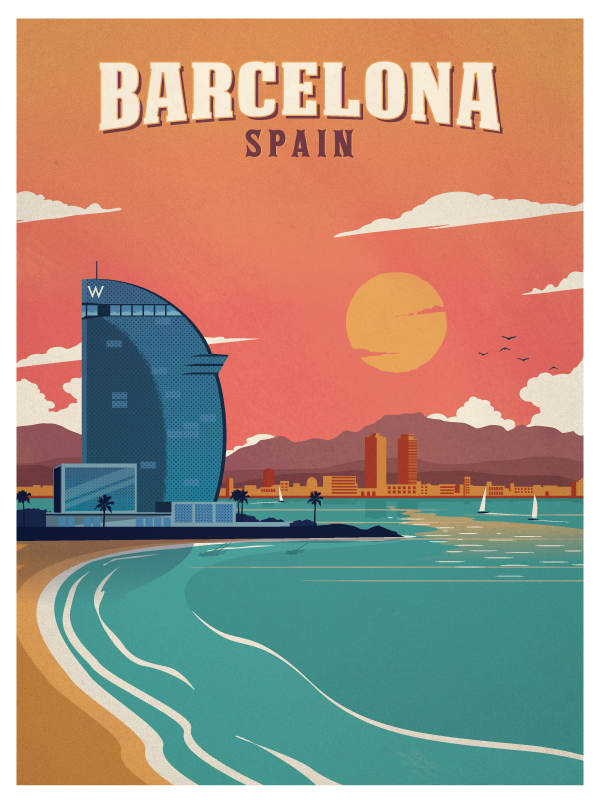
Pico’s coastal waters are a migratory route for whales, and given that even 5 km from the coast, the depth of the ocean exceeds a kilometer – this makes Pico Island the best starting point for whale watching. Boat excursions will allow you to get as close as possible and plunge into the world of these amazing animals and get a lot of unforgettable impressions.
Whale watching is a natural continuation of the Pico whaling tradition, adapted to modern life. You can learn about fishing that is prohibited today in the villages of Lajes and San Roque, where museums of whalers and the whaling industry operate.
Faial Island
Faial Island’s “new land” (photo: Helmut Schmutzer)
Faial, a small Azores island, is a mandatory stopover for yachtsmen from all over the world when crossing the Atlantic.
On the island of Faial, you can see and walk on a relatively new land that was formed only 60 years ago. We are talking about the Capelinhos volcano, the eruption of which was both a tragedy for the Faial people and a source of pride for them. After the end of volcanic activity in 1958, the territory of the island increased by 2.5 km². Now the “new land” is one of the most impressive places in Faial. Among the harsh lifeless landscapes of the volcano, proudly stands, only miraculously preserved old lighthouse.
Faial is suitable for a leisurely beach holiday. Despite its small size, it is the leader of the archipelago in terms of the number of decent and comfortable beaches.
Flores Island
Faganzinha Valley, Flores Island
Flores, the westernmost Azores island, is considered one of the most beautiful. On its relatively small territory, all the natural beauty of the Azores is concentrated, which is scattered throughout the other islands of the archipelago.
Check out my drone video:
Flores is exactly what its name translates from Portuguese as “Flowers”. The island is literally strewn with hydrangeas, azaleas, lilies and other wild flowers and herbs of extraordinary beauty. It is like a garden floating on the ocean.
In addition to lush vegetation, this Garden of Eden is famous for its seven picturesque lakes, shimmering in different shades and dozens of waterfalls falling from high mountains.
This island, with unusually beautiful landscapes, has one climatic feature – it has the maximum amount of precipitation in the Azores. Bad weather is often the reason that prevents you from seeing all the beauties of the island, and sometimes just getting to it.
Corvo Island
Corvo – the smallest island of the Azores
The tiny island of Corvo, measuring only 6.5 by 4 km, is the northernmost in the Azores. Due to the changeable weather, this remote piece of land seems to test every traveler for luck and determination – not everyone can boast that they got to the island of Corvo the first time, and even managed to fully feel its unique atmosphere and saw everything his beauty.
Watch my drone video:
Read my report on how we got to the island in an inflatable boat.
The island itself is an attraction, which is one large volcano with a single town at the foot and a huge beautiful caldera at the top. People go to Corva to truly feel what the end of the world is, to see the pristine beauty of nature and enjoy the silence and solitude.
Corvo Island is the best place in the Archipelago for observing migratory birds. It serves as a habitat for many species of seabirds, and during the autumn and winter period it becomes a haven for many migratory birds from North America, who take a break here during their long journey.
And yet, which island to fly to?
If you want to experience the wonders of the Azores, but you’re short on time, head to São Miguel. There will be no problems with infrastructure and accommodation.
The islands of Terceira and Faial are also well developed. On Terceira, in addition to a huge lava cave, well-preserved architectural monuments. The most international island of Faial will please you with a bright Marina and a relatively “new land” with unearthly landscapes.
All other islands are characterized by a quiet, measured way of life and are more suitable for a secluded and leisurely vacation. So, look for maximum sun and white sand beaches on Santa Maria. On the arid and relatively flat Graciosa in the thermal spa center, you can treat problematic skin or the musculoskeletal system. Well, you definitely need to visit the caldera of the volcano, where you need to go down into a huge sulfur grotto with a cold lake and fumaroles.
Getting acquainted with the big elongated Sao Jorge, sometimes it may seem that there is no one on the island except cows. But then you think: someone is watching these coffee plantations here, making one of the best Portuguese cheeses – Queijo da Ilha and preparing exclusive bivalve mollusks – ameijoas.
Pico Island is a huge mountain that you want to conquer, or at worst, take pictures from different angles along with wine-growing landscapes. All three neighboring islands – Pico, Faial and São Jorge – are excellent starting points for whale watching.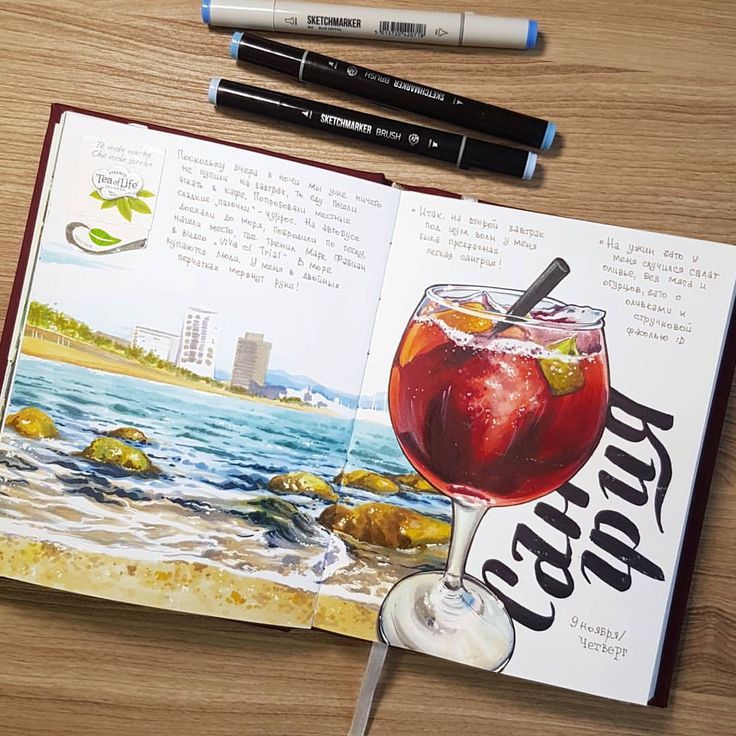
The two farthest western islands, Flores and Corvo, are tests of luck and patience. If you are lucky to get to them, and because of the capricious weather, air and ferry flights are not canceled, then those who have reached them will discover such stunning landscapes that they will hardly want to go somewhere else. And why – if already in paradise! I have no regrets about visiting them.
Azores delicacies
What to try in the Azores?
The cuisine of the Azores was influenced by the culinary traditions of several nations that inhabited the archipelago. It is authentic, in many ways different from the Portuguese mainland. Each of the nine islands has its own gastronomic “chips”, its own delicacies.
Livestock breeding is developed in the Azores, so they love and know how to cook pork, beef and poultry. In one recipe, different meat ingredients are often combined, meat is combined with sausages. Popular cheeses. Seafood and fish are served in abundance, and meals cost €12-15, which is cheaper than on the mainland.
Azores Holidays
The inhabitants of the Azores love and know how to have fun. Both general national celebrations and individual events in the life of each island are celebrated here. In the Azores, you can enjoy folk dances, wine and music festivals, religious processions, sporting events and colorful carnivals.
The most popular on the islands is the feast of the Divine Holy Spirit (Festas do Divino Espírito Santo). Religious rites and symbolic actions take place on all islands of the archipelago for several months.
Of great interest to tourists is the “corrida on the rope”, which takes place in several cities of the island of Terceira.
In the Azores, old traditions are joined by many modern events. On the island of Faial in August they celebrate the Week of the Sea (Semana do Mar), on Pico – the Week of Whalers (Semana dos Baleeiros).
A bit of history
Gonçalo Velho Square (Praça de Gonçalo Velho) in Ponta Delgada
When the first sailors reached the Azores is not known for certain. Archaeologists have discovered Punic coins on Corva: they were minted by the Carthaginians three to four centuries BC. Presumably, the archipelago was visited by Arabs and Vikings. On the maps of the 13th-14th century, compiled by Italian and Spanish travelers, the Azores are referred to as the Western Isles. The unnamed archipelago is on the famous Catalan Atlas (1375).
According to unconfirmed reports, the first Portuguese to reach the archipelago in 1427 was Diego de Silves. The official opening date of Azores is August 15, 1432. On this day, Gonçalo Velho Cabral landed on the island, gave it the name Santa Maria, and founded a settlement.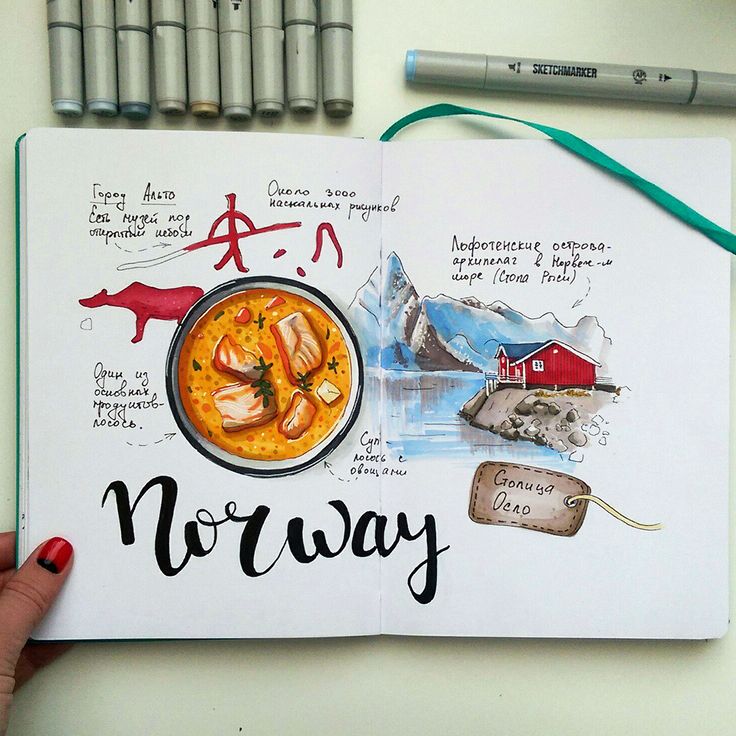
How to get to the Azores?
There are no direct flights from Russia to the Azores. The easiest way to fly with a transfer is in Portuguese cities – Lisbon or Porto. The largest international airports are located on the islands of Sao Miguel and Terceira.
The easiest way is to search for flights Moscow – Ponta Delgada or Moscow – Terceira.
How to move between islands?
Azores Airlines SATA
Each island has an airport and port. Between groups of islands (eastern, central and western) it is better to travel by plane, but inside the groups you can take ferries.
The only airline that flies between the islands is SATA Azores Airlines. Tickets on the official website of the airline were more expensive than through agencies. Therefore, between the islands, we bought tickets through aviasales.
To make it easier to look up the names of airports, I wrote them out for you:
- PDL – Ponta Delgada João Paulo II Airport
- TER – Terceira Lajes
- CVU – Corvo
- FLW – Flores
- GRW – Graciosa
- HOR – Horta
- PIX – Pico
- SMA – Santa Maria
- SJZ – São Jorge
The names of airports are a complete mess, so it’s easier to search for aviasales by typing in the three-letter airport code at once.

